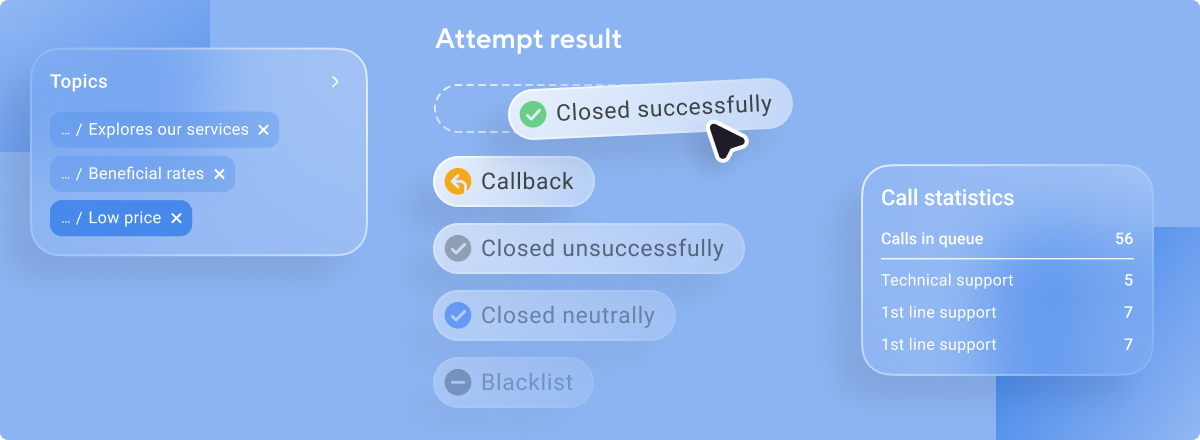Most of the apps built using VoxImplant have some client application that uses our Web or Mobile SDK, or some other type of the endpoint communicating with VoxImplant (like SIP client), but there are a couple of scenarios when there is no client application involved. The most common one is a callback scenario where the platform makes calls to a different destination and join these calls when required. Or another one - automated notifications or surveys, where you call your customer and playback some important message or get the feedback.
We are happy to announce our new API available for VoxImplant developers, which makes these scenarios possible and easy to implement. We call it Control API (since it's created for controlling sessions, unlike Provisioning API created to let you add/edit/delete different VoxImplant entities, like app Users, Rules, etc.). Description of the API is available here, "How To" is available here. If you want to, you can easily implement REST API for calls on top of the Control API platforms like Twilio or Plivo offer. But you can make even more interesting things using it since you can control your JavaScript app running in the VoxImplant Cloud and even transfer data in POST body. Here is how it works:
- Developer makes HTTP request to the Voximplant Cloud using the StartScenarios function of HTTP API specifying rule_id. Rule_id is the identifier of some Rule in one of your applications. You can obtain it by calling the GetRules function of HTTP API.
- The session is created in the cloud and the AppEvents.Started event is dispatched in your scenario. You can start making calls in the event handler or after the event was dispatched.
- media_session_access_url is returned in response to let developers control the created session.
- When a developer makes an HTTP request to media_session_access_url AppEvents.HttpRequest event is dispatched in the scenario. Developers can process it and return some data right away or use httpRequest to notify external web service about some event that can happen later.
We are going to prepare some tutorials in addition to this How To to let you see how fast and easy implementing different scenarios using HTTP Control API is.





